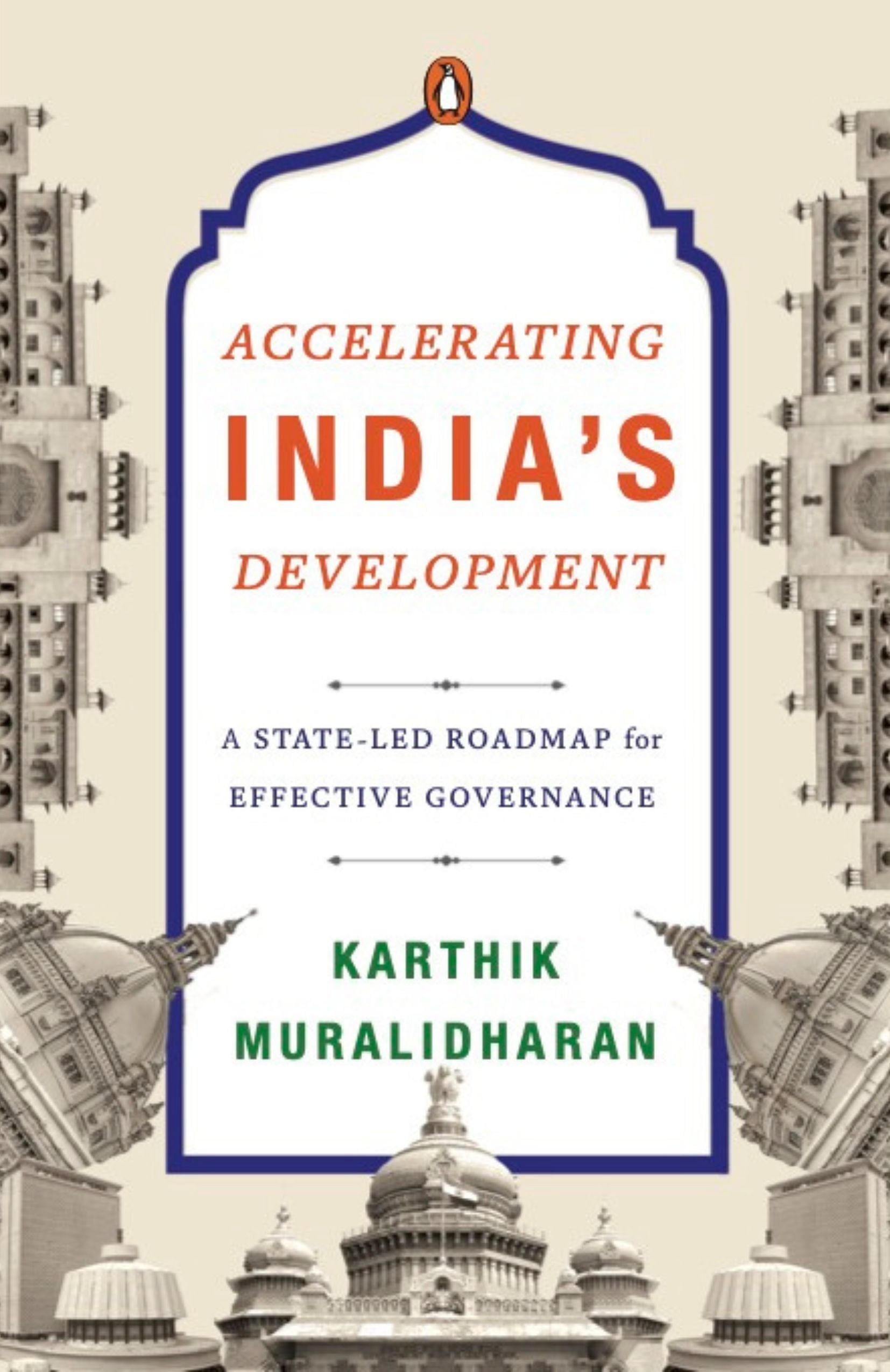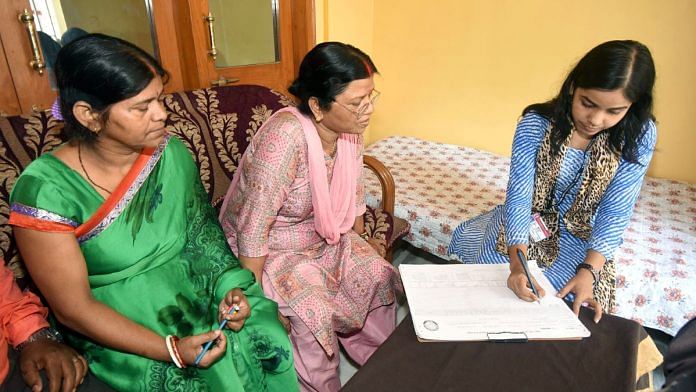India has a comprehensive structure for collecting, analysing, and disseminating key economic statistics, overseen by the National Statistical Office (NSO). The NSO has two main divisions: the Central Statistics Office (CSO) and the National Sample Survey Office (NSSO). The CSO is responsible for key macroeconomic statistics such as national income and GDP, and consumer prices and inflation. The NSSO is responsible for the National Sample Survey (NSS), which uses household surveys to estimate microeconomic development indicators such as consumption, poverty, and employment.
Established in the 1950s under the leadership of P.C. Mahalanobis, India’s statistical systems were globally acclaimed. Notably, the NSS template shaped the World Bank’s Living Standards Measurement Survey (LSMS) and thereby influenced global standards for measurement of consumption and poverty. However, over time, a combination of technical and political challenges have contributed to a weakening of the NSS to the point that even the data for the 2016–17 round were not released. Thus, as of 2022, the last large-sample NSS data we have is from 2011–12, which has dealt a severe blow to our ability to understand trends in consumption and poverty in the past decade.
However, even when NSS data is released, it has limitations. While the NSS provides a useful barometer of national progress on key development outcomes, it was not designed—and hence not very useful—for day-to-day governance. There are several reasons for this. First, large-sample NSS rounds are conducted only every five years, which limits its use for decision-making since the feedback cycle from government actions to data on changes is too slow. Second, results are usually not spatially disaggregated enough to support localized government actions. Finally, the NSS does not measure the quality of service delivery or outcomes: for instance, it asks if children go to school but does not check if teachers are in classrooms or if children are learning.
Simply put, India’s statistical systems were designed to track national progress, but not for supporting day-to-day governance. An effective measurement infrastructure for governance should allow governments to track—and act on—growth and development outcomes such as employment, education, and health; understand beneficiary receipt and experiences of key public programmes; and ensure that administrative data recorded by government staff are reliable. India struggles on all three fronts.
1.2 There is little actionable data on fundamental development outcomes
In 2000, India set out to enrol all six- to fourteen-year-old children in school. Today, that goal is nearly met: over 98 per cent of these children are now enrolled in schools.
This is an impressive achievement. However, while enrolment is a necessary first step for learning, it is far from sufficient. In practice, many millions of ‘enrolled’ children do not attend school regularly and millions more attend school without learning very much. In 2018, only half of rural government school students enrolled in Class 5 could read even a Class 2 level text. Overall, despite large increases in public expenditure on school inputs over the last two decades, the conversion of these inputs into the ultimate goal of learning has been weak (see Chapter 11 for details).
One reason is that the government focuses more on measuring inputs than outcomes. As one indicator, the most widely used data on learning outcomes in India does not come from the government, but from the non-governmental organization, Pratham, through the Annual Status of Education Report (ASER). The focus on measuring visible inputs over less visible—but far more important—outcomes is seen across sectors and departments, and deeply hinders the effectiveness of government policies and programmes.
1.3 The government lacks visibility on citizen experiences with public services
Governments’ also have limited visibility on how public programmes are truly performing on the ground. Are the poor getting their PDS food-security benefits? Are they able to get work under the NREGS? Are they getting paid on time? Can they access funds in their bank accounts? This is an age-old problem. Historically, emperors from Ashoka to Akbar were known to travel in disguise to observe the true state of affairs in their kingdoms. Yet, despite dramatic advances in technological possibilities, systematic measurement of last-mile service delivery continues to be almost non-existent.
For instance, in 2015, the Central government introduced direct benefit transfers (DBT) to beneficiary bank accounts instead of providing subsidized food through the PDS in the union territories of Chandigarh, Puducherry, and Dadra and Nagar Haveli. Working with NITI Aayog, my colleagues and I monitored these pilots. While government officials proudly pointed to bank records showing that 99 per cent of funds had been transferred successfully, our field-based surveys of nearly 5000 beneficiaries revealed that over 30 per cent reported either not receiving funds or not knowing if they had!
Often, beneficiaries were unaware of fund transfers because they had not updated their passbooks, and there was no mechanism to notify them when funds were transferred. In some cases, funds were sent to inactive bank accounts. Without data on beneficiary experiences, the government was unaware of these problems. While governments do have grievance redressal phone helplines, these are used mainly to solve individual issues, and not to understand systemic issues. Across sectors, the lack of systematic data on beneficiary experiences hinders effective programme design and delivery.
1.4 The government’s own administrative data is often unreliable
Given limited data on outcomes and beneficiary experiences, governments in India mostly rely on official administrative data, reported by government employees as a part of their jobs. This is how the government ‘system’ measures everything from agricultural yields and productivity to children’s nutrition status in ICDS centres. Indeed, the majority of data within the government comes from such internal sources. The problem is that there is growing evidence that there are substantial inaccuracies in such data.
Consider the experience of the Madhya Pradesh government in education. To take on the challenge of low student learning, the state’s education department began testing every government school student each year and recording child-level learning levels. This impressive annual exercise, called Pratibha Parv, involved the entire education department and was hailed as a ‘best practice’ in education reform by NITI Aayog.
But when a research team led by economist Abhijeet Singh carried out an independent retest a few weeks after Pratibha Parv—using a sample of the same questions and retesting a sample of the same students—they found that official learning data were highly inflated. As we see in Figure 4.1, in the official data, all students were reported as scoring over 65 per cent in Hindi. In the independent retest, no one scored over 65 per cent. The inflation is even more striking in maths: in the official data all students scored over 60 per cent, whereas in the retest no one scored even above 40 per cent.
 This excerpt from Accelerating India’s Development: A State-Led Roadmap for Effective Governance by Karthik Muralidharan has been published with permission from Penguin Random House India.
This excerpt from Accelerating India’s Development: A State-Led Roadmap for Effective Governance by Karthik Muralidharan has been published with permission from Penguin Random House India.






